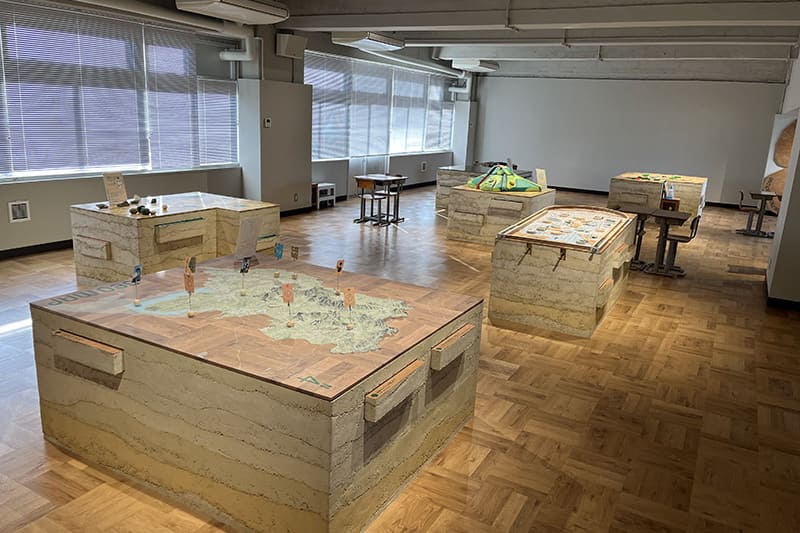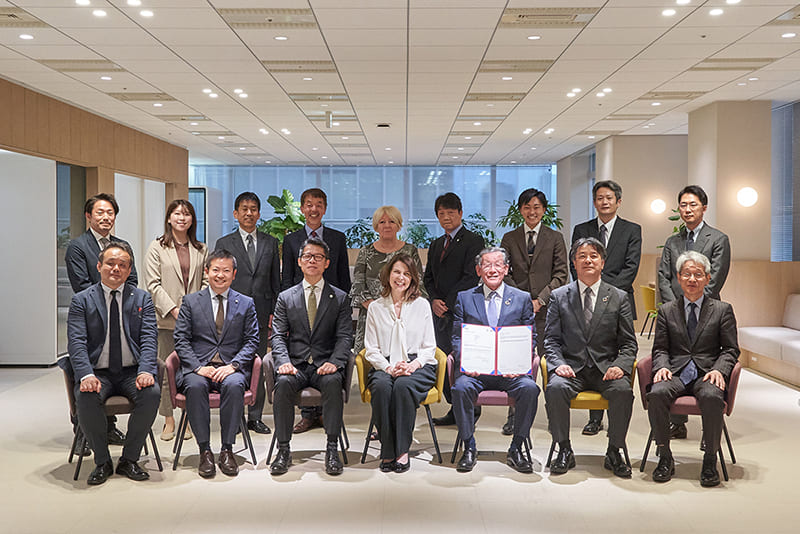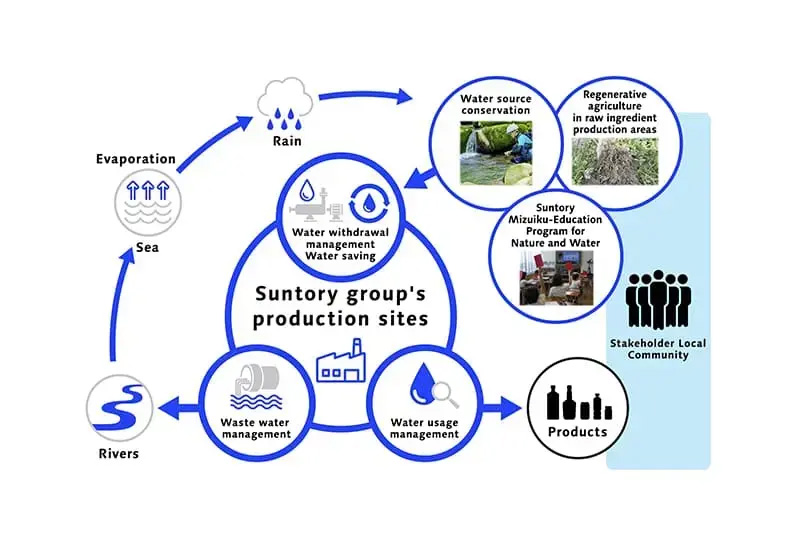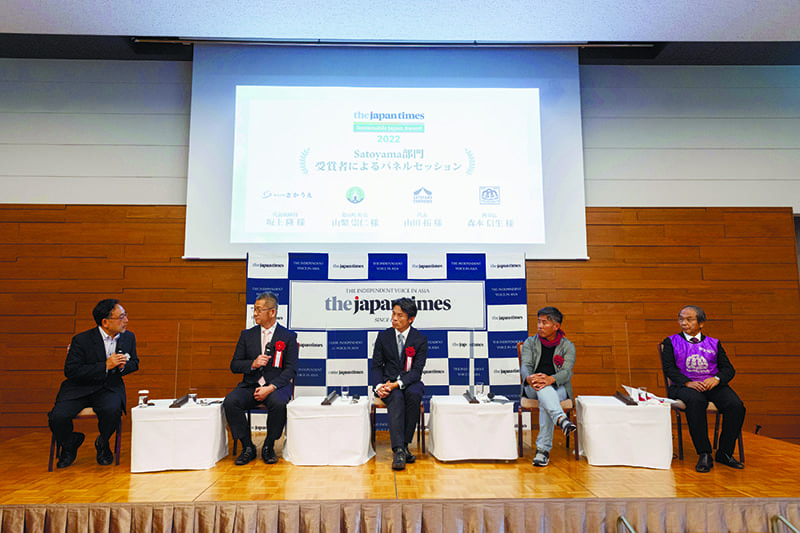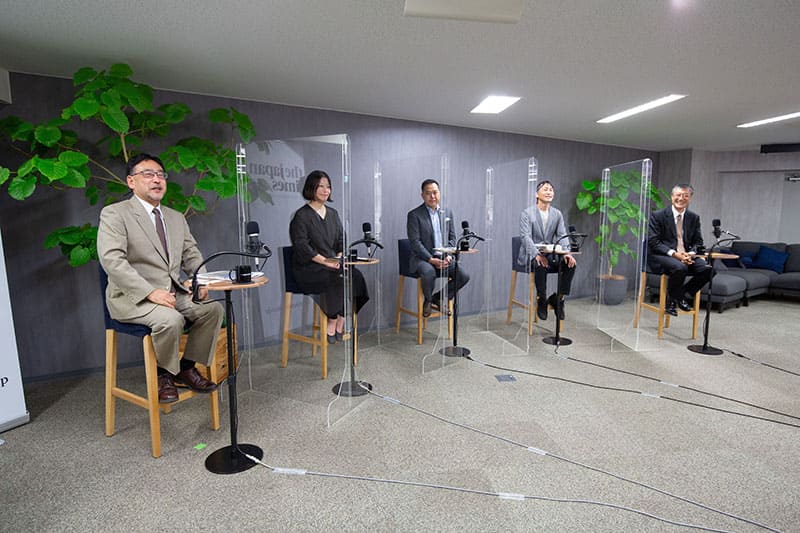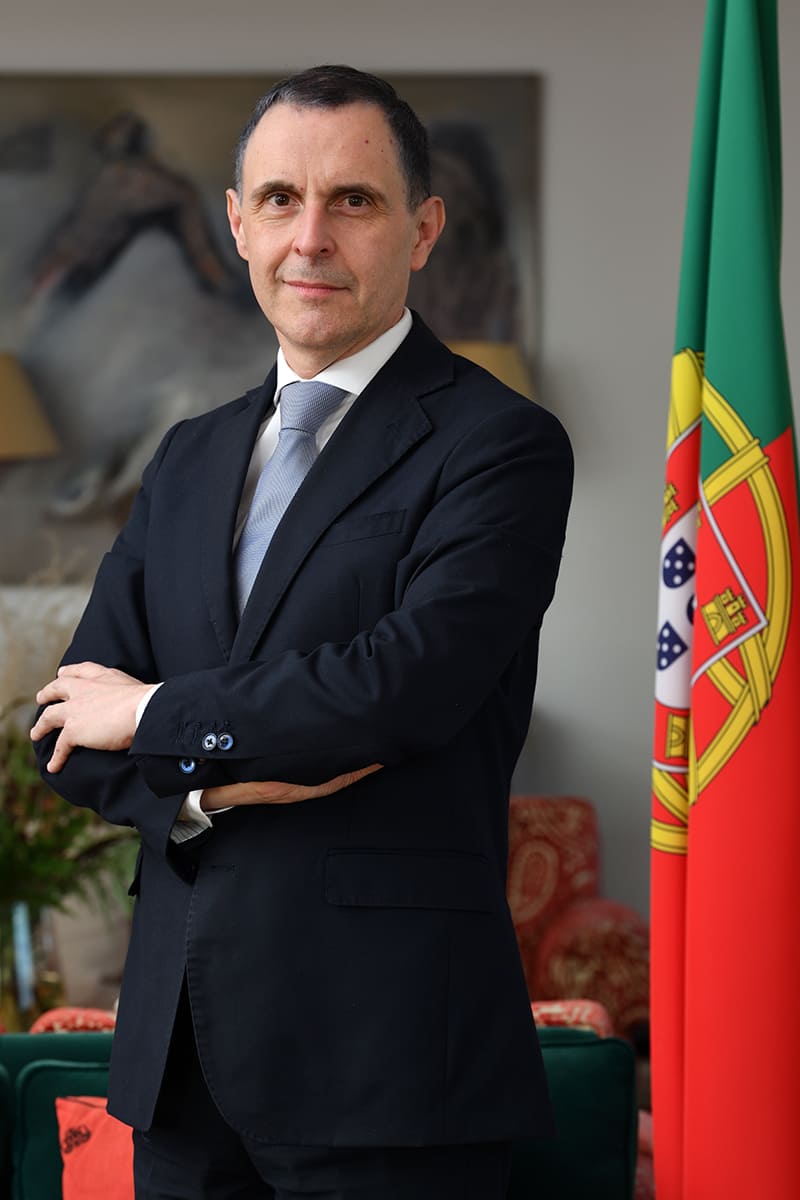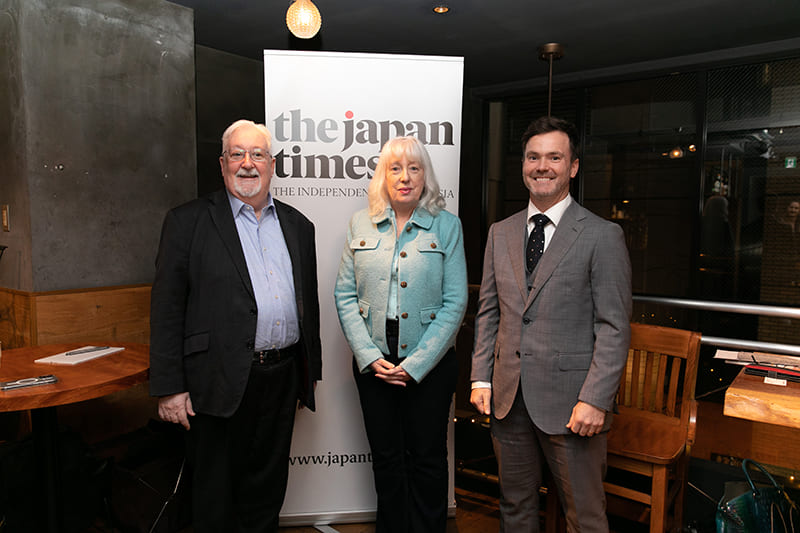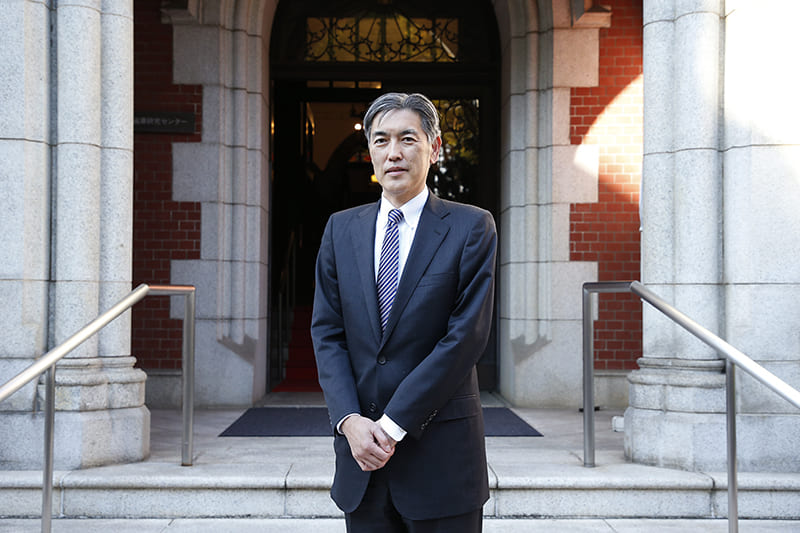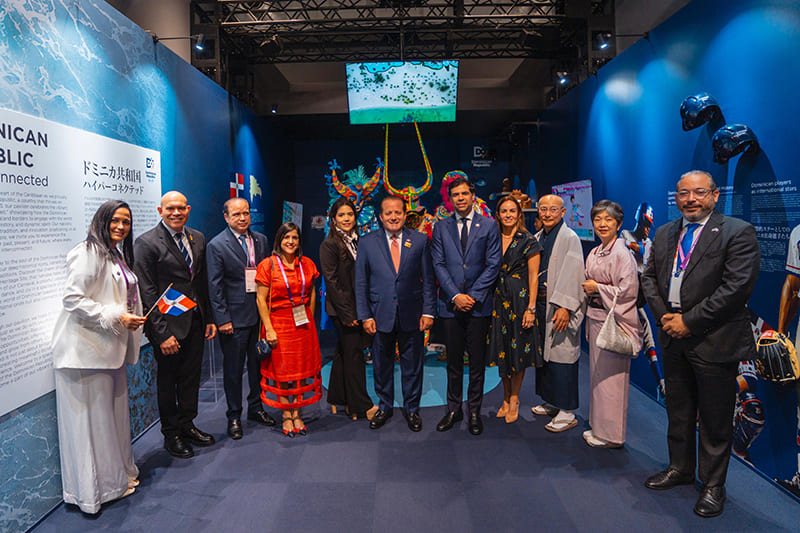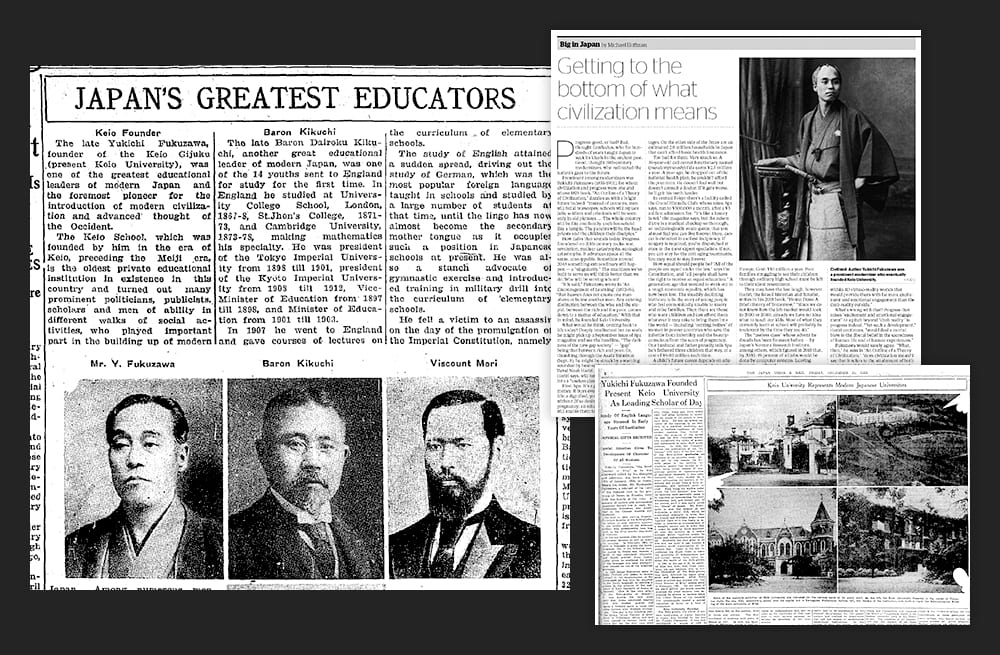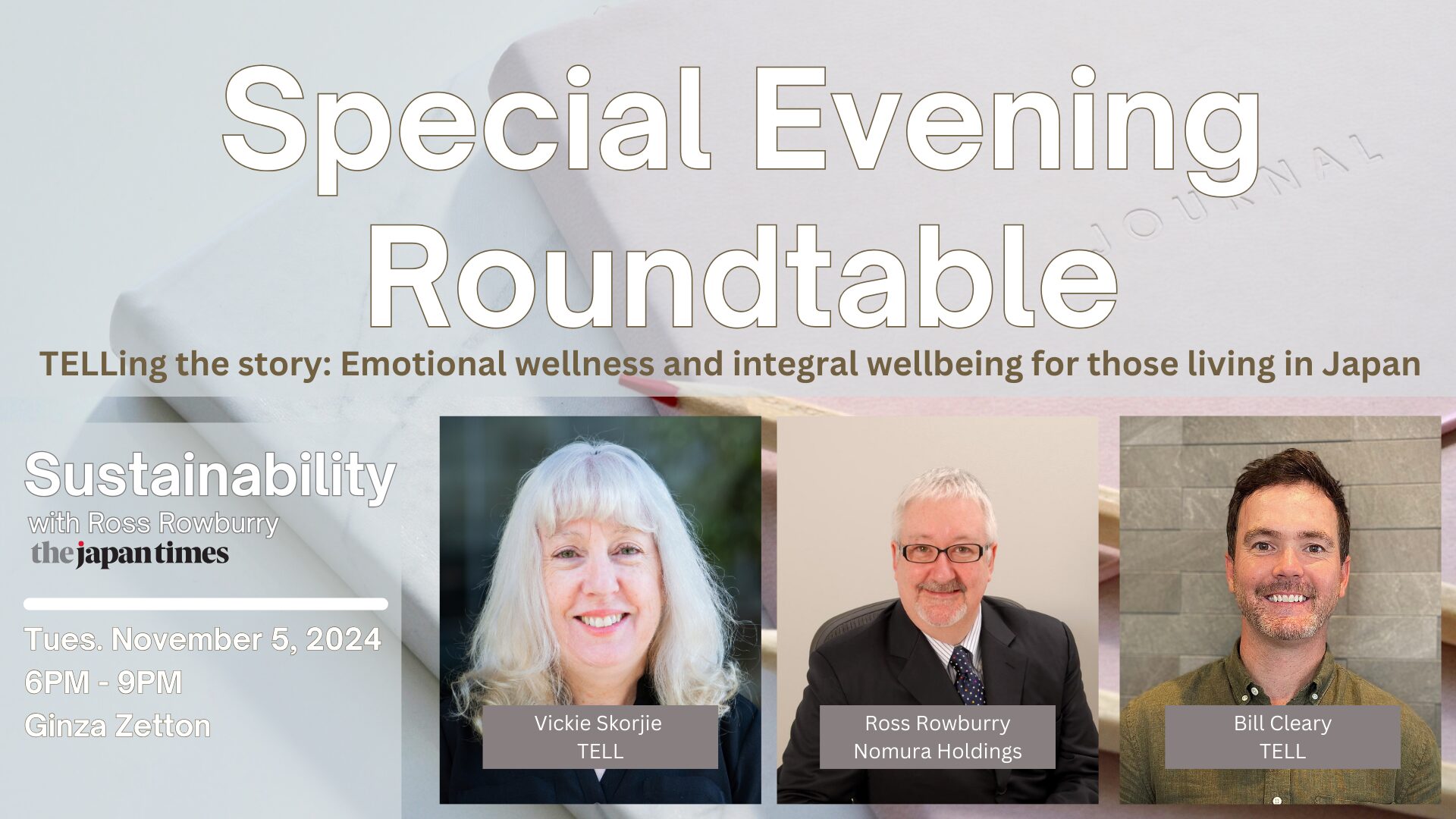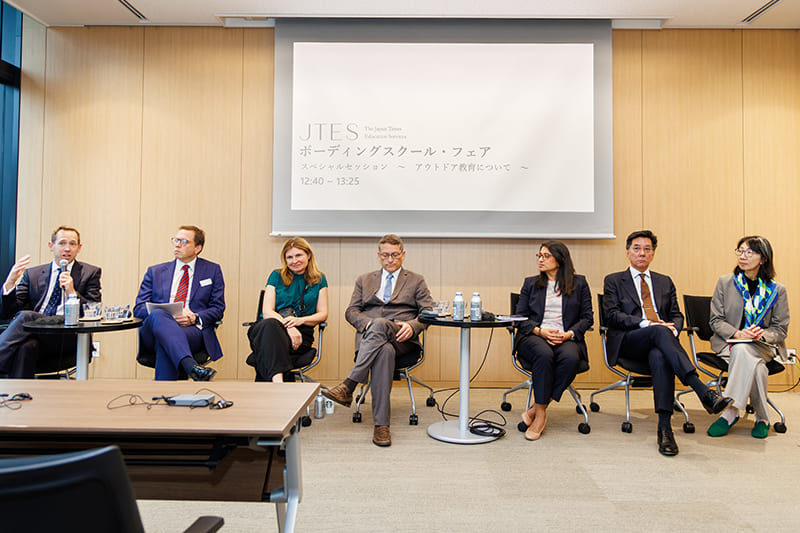March 31, 2025
Tsukuba massif granite, one of the world’s few heritage stones
Sustainable Japan Network
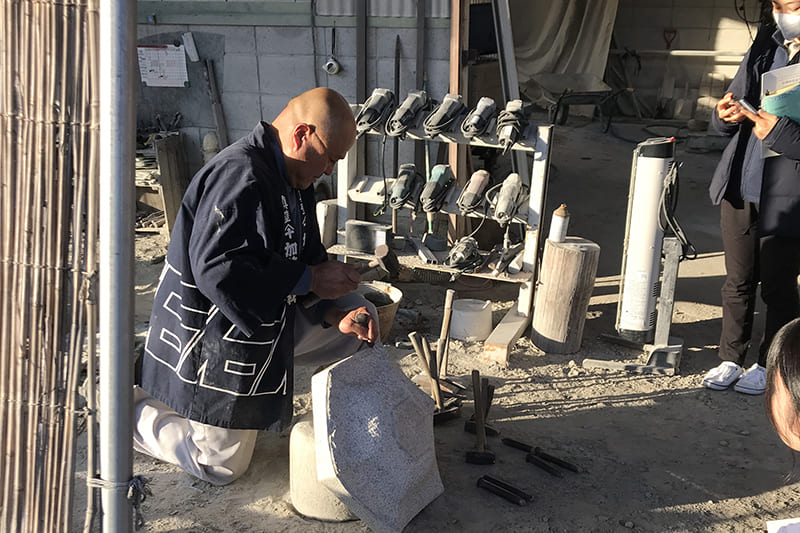
In 2024, the Tsukuba massif granite of the Mt. Tsukuba Area Geopark was certified by the International Union of Geological Sciences as one of the first 55 IUGS Heritage Stones, which have been “used in significant architecture and monuments” and “recognized as integral aspects of human culture.”
In a recent interview with The Japan Times, Mt. Tsukuba Area Geopark Promotion Council specialist Kaoru Sugihara, a geologist and former professor, spoke about the characteristics of the region’s granite and the positive effects that the certification has brought.
The geopark covers a large area in central Ibaraki Prefecture west of Lake Kasumigaura, Japan’s second-largest lake. With Mount Tsukuba at its center and many other smaller mountains, the area is home to three main types of granite, formed at different times and named after the areas where they are found: Tsukuba granite, Kabasan granite and Inada granite. “They can be further divided into smaller groups based on their characteristics,” Sugihara said. “But it is not only the geological diversity and scientific value that the IUGS recognizes, but also the cultural and historical value of the stones based on how local people have used the resources.”
He explained that the council had decided to apply for certification for a number of reasons. “By having our important regional resource certified by a global organization, we will be able to promote not only the stones, but also the geopark itself. This will help increase the international presence of Japan’s geopark network and contribute to the broader global geopark community,” he said. Another purpose was to promote and support the local stone industry: “We need to preserve the special techniques of mining and stone working while securing human resources. This certification was a perfect opportunity for people in the industry to think about how to preserve the mining culture in a sustainable way while preserving the geological heritage itself.”
The certification was also an opportunity to reassess the local history and culture. Sugihara noted that in ancient times, mountain worship flourished in this area, and huge stones and rocks found in the mountains were the object of worship and places for ascetic practices. In the Kamakura Period, the value of these stones as building materials was further recognized, and stone-carving technology developed in the area.
“With the introduction of Western culture to Japan during the Meiji Era, Western-style stone architecture flourished in the Kanto region, leading to the extensive use of granite from the Tsukuba mountains in buildings that are now recognized as National Treasures and important cultural assets,” said Sugihara.
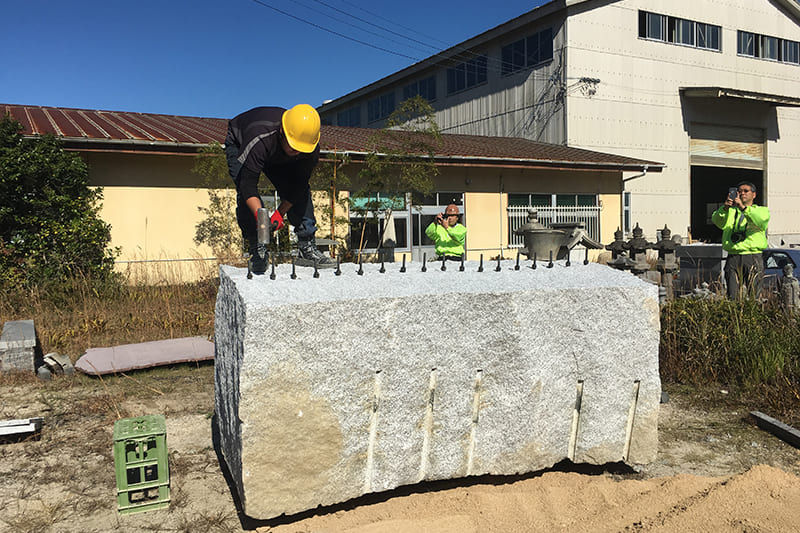
He pointed out that a major outcome of the IUGS Heritage Stone certification has been an increased interest in the geopark among those involved in the stone industry, and a heightened sense of confidence and pride in the history and techniques of the local stone industry. “There has also been an increased awareness of the need for sustainable practices within the stone industry. I believe it is possible to find ways to improve the sustainability of stone quarrying and processing while preserving the rich history and culture of the region, which is rooted in the use of stone as a resource,” he said.
He also noted that efforts are being made to improve technology to increase the proportion of commercially viable stone, which has been less than 30% of the total extracted from the mountains. “The development of new products using stone waste, including toys and craft items, is also underway,” he said.
The council is also planning tours to Tokyo this year to visit places and buildings where Ibaraki granite is used. “For example, the granite mined in the Inada region, in the northern part of the geopark, is used in the walls of the Supreme Court of Japan,” Sugihara said. He noted that various parts of the Diet building and Tokyo Station are also made of granite from Ibaraki. “We hope to bring people from Tokyo and other parts of Japan to Ibaraki to see the quarries and how the stone is processed,” he said.
The Tsukuba Geo Museum features exhibits, educational installations and video materials that help people learn how stone is formed, mined, processed and made into building materials and traditional crafts such as stone lanterns. “Through various efforts, we aim to arouse interest in the industry among younger generations in order to preserve the regional culture,” Sugihara said.
Tsukuba is a member of the Sustainable Japan Network, a group of companies that cooperate with this newspaper to spread information about sustainability in Japan. You can also be part of the network; scan the QR code for more details.


